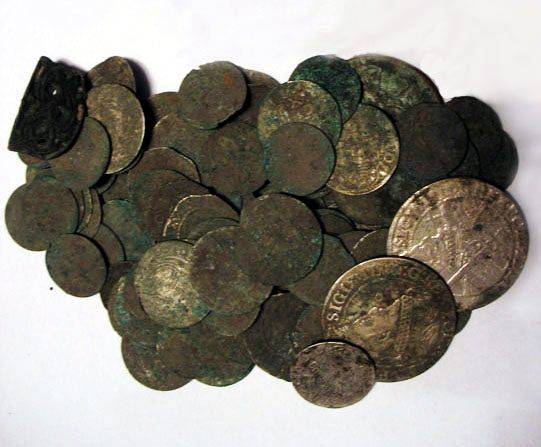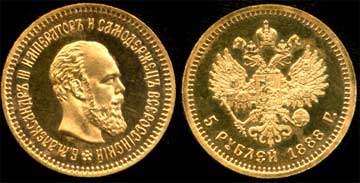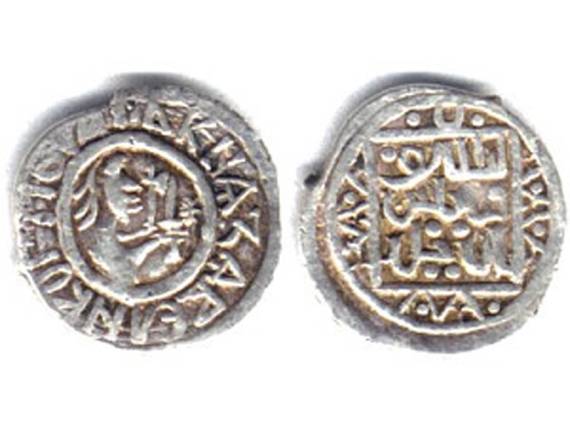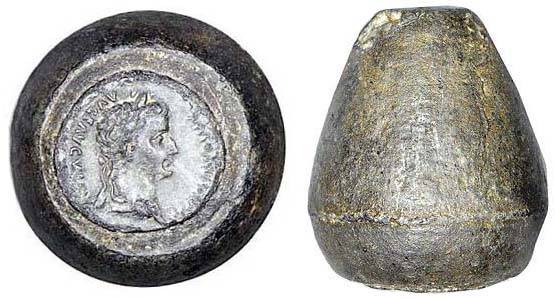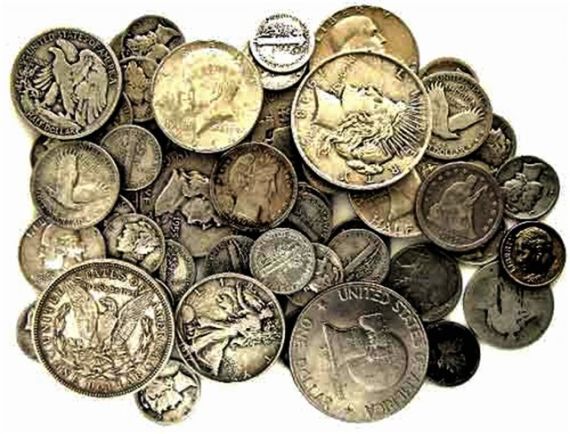collection items.
Golden profile of Nicholas II. Last coins of the last king
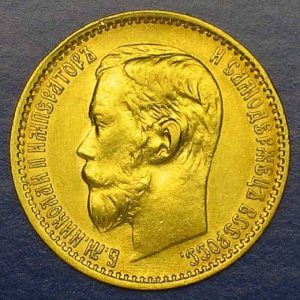 The tradition of portrait gold and silver coins was renewed under Nicholas II. The last Russian emperor, the representative of the house of the Romanovs, was very beautiful. Undoubtedly, his noble profile was worthy of being imprinted on metal.
The tradition of portrait gold and silver coins was renewed under Nicholas II. The last Russian emperor, the representative of the house of the Romanovs, was very beautiful. Undoubtedly, his noble profile was worthy of being imprinted on metal.
Under Nicholas II, all gold and silver coins again became portrait, in contrast to small money, which was intended for the lower strata of society. The hands of representatives of the noble class should not touch the royal profile. Continue reading
First counterfeiters
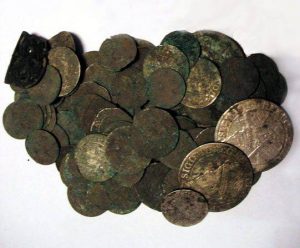 Since the very first metallic banknotes were born, the counterfeiters began their activities. They used every opportunity to seize the stamp. In this regard, the minters working on the mints, after the required number of coins were made, destroyed their stamps, and the secret of their production was considered not only his own, but also a state secret.
Since the very first metallic banknotes were born, the counterfeiters began their activities. They used every opportunity to seize the stamp. In this regard, the minters working on the mints, after the required number of coins were made, destroyed their stamps, and the secret of their production was considered not only his own, but also a state secret.
For counterfeiters, the very process of forging money was not a big deal. The first and most important thing that they had to do was to get the original stamps by any illegal means. If there was no such possibility, then the stamp was made by them independently by painstaking work. After the main tool was in their hands, it was necessary to choose a reliable secret place, if possible away from the city center. Continue reading
Old Russian monetary system
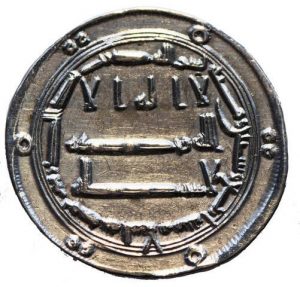 For quite a long time, the fact has been noticed that treasures belonging to the period from the 9th to the 11th century contain quite a lot of fragments and scraps of coins. And this is not a coincidence at all, since there are treasures consisting entirely of small fragments. On such fragments, sometimes there are monetary legends, the names of rulers, dates of minting, and similar inscriptions.
For quite a long time, the fact has been noticed that treasures belonging to the period from the 9th to the 11th century contain quite a lot of fragments and scraps of coins. And this is not a coincidence at all, since there are treasures consisting entirely of small fragments. On such fragments, sometimes there are monetary legends, the names of rulers, dates of minting, and similar inscriptions.
When the coins correspond to some definite and well-known weight, then the seller who received them will simply calculate the amount of metal that the op receives from the proceeds of any goods, or from the services provided to them. Scales for weighing coins are necessary for him only to carry out a control check – no more. Continue reading
